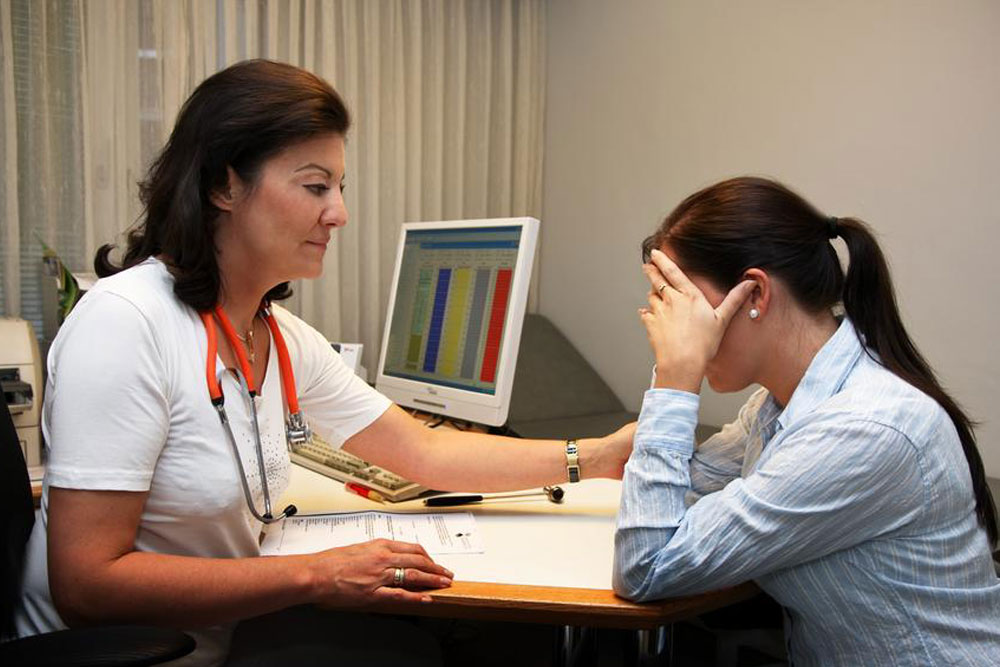Understanding Breast Cancer: Symptoms and Progression
This article explains the stages and symptoms of breast cancer, highlighting early signs and progression. It covers classifications from non-invasive to metastatic cancer, emphasizing the importance of early detection and professional medical consultation for proper diagnosis and treatment.

Breast cancer staging relies on three primary aspects: how invasive the tumor is, involvement of lymph nodes, and metastasis to other organs. The stages are numbered from 0 to 4, helping define the cancer's characteristics and prognosis.
The classification system outlines various stages:
Stage 0: Non-invasive cancers like Ductal Carcinoma In Situ (DCIS).
Stage 1a: Tumor at least 2 cm in size, confined within the breast, no lymph node spread.
Stage 1b: Tiny cancer cell clusters (0.2-2 mm) found in lymph nodes.
These stages can present with or without a detectable breast tumor.
Stage 2a: Medium-sized tumors (>2 mm but less than 5 cm) in axillary lymph nodes or tumors over 2 cm but under 5 cm with no lymph node involvement.
Stage 2b: Tumors between 2-5 cm with small cell groups in lymph nodes or tumors over 5 cm without lymph node spread.
Advanced stages involve more extensive spread:
Stage 3a: Tumors larger than 5 cm or small tumors with multiple lymph nodes involved near the breastbone.
Stage 3b: Any tumor size with spread to chest wall or multiple lymph nodes, causing skin changes like redness or swelling.
Stage 3c: Spread to 10 or more lymph nodes, including those near collarbone.
The most severe stage, Stage 4, indicates metastasis to other organs such as the brain, liver, or skin, and is referred to as metastatic or advanced cancer.
Signs and Symptoms of Breast Cancer
Early detection often occurs through noticing a small lump during self or clinical examinations. Painful, movable, soft lumps are usually benign, while painless, hard, fixed lumps raise suspicion. Changes like breast swelling, nipple pain or discharge, skin irritation, or thickening warrant medical assessment. These signs can also be caused by benign conditions, so consulting a healthcare provider is essential for accurate diagnosis.
Early and Late Symptoms
Early: Painless lump
Late stages: Pain, swelling, nipple irritation, skin redness, abnormal nipple discharge, skin thickening around the breast or nipple










